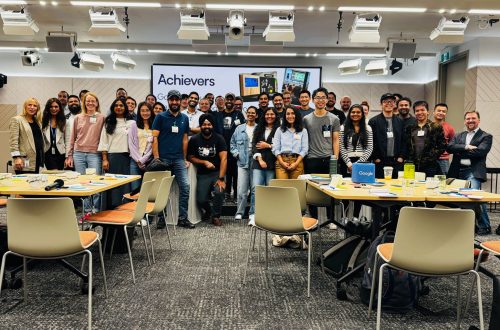As a Product Leader, one of the most critical (and often underestimated) parts of my role is securing and aligning engineering resources. It’s not just about asking for developers; it’s about earning trust, building a shared understanding of priorities, and aligning product vision with organizational goals. Over the years, I’ve developed a playbook for working cross-functionally that’s helped me advocate effectively for the resources my teams need to build impactful products. Here’s what that looks like in practice.
1. Start With Strategic Clarity, Not Just Feature Requests
VPs care about outcomes, not just outputs. Before I even bring up engineering needs, I anchor the conversation in the broader business context:
- What customer problem are we solving?
- How does it align with company OKRs?
- What’s the potential impact on revenue, retention, or operational efficiency?
This context reframes the ask from “I need two backend developers” to “To unlock this $X opportunity and hit our Q3 growth targets, we need to deliver X by Y date – here’s what that takes.”
2. Build Trust Through Transparent Prioritization
I keep both engineering leads and execs in the loop by maintaining a clear, prioritized roadmap with rationale behind each item. I show:
- Tradeoffs we’re making
- What’s being delayed and why
- How changes in scope or velocity affect outcomes
This transparency builds credibility and helps stakeholders feel like we’re making informed, collaborative decisions – not just lobbing in urgent requests.
3. Partner Early and Often With Engineering Leadership
Securing engineering resources starts long before planning cycles. I involve engineering managers early in discovery:
- We brainstorm feasibility together
- We estimate impact versus effort
- We discuss technical dependencies
By co-owning the problem space, not just the solution, engineering leaders become advocates rather than gatekeepers.
4. Translate Technical Capacity Into Business Value
When I speak with VPs, I avoid jargon. Instead, I translate what engineers need into terms that align with executive priorities:
- “We need to invest 2 sprints in refactoring this system to reduce outage risks by 60% and improve release velocity by 20%.”
- “This initiative requires AI/ML capacity for 4 weeks – it’s a critical differentiator for our upcoming launch.”
By doing this, I make engineering needs part of the value story, not just a cost.
5. Be Ready With Data, But Lead With People
I come prepared with effort estimates, velocity forecasts, capacity charts – but I also spend time cultivating relationships. A quick sync with a VP to hear what’s top of mind for them, or a check-in with an engineering manager to understand their team’s morale, often helps me course-correct before friction arises.
6. Celebrate Shared Wins
When resources come through and something ships successfully, I make sure to loop everyone in:
- I thank the engineers by name in team updates
- I share outcomes with VPs and highlight how their support made it possible
- I document learnings and use the momentum to justify future asks
People remember who gave them credit and it helps build long-term goodwill.
Working with engineering and executive teams is more art than science. It’s about empathy, timing, and clarity of purpose. As a product leader, my job isn’t just to build products, it’s to build alignment.





